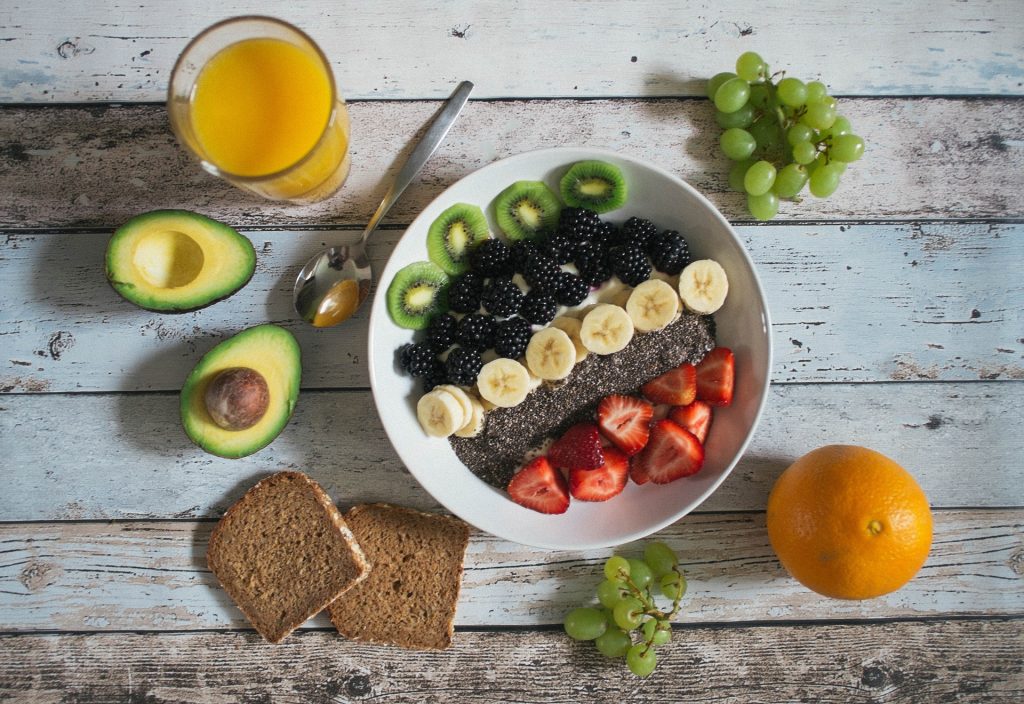Are you familiar with CBN? Cannabis Sativa, the actual plant has more than 100 cannabinoids. Cannabinol, the actual name of CBN, and cannabidiol or CBD as it is popularly called are only two of them. Though cannabis is more notorious for marijuana, a soft drug that gives the user a high, these and other cannabinoids are also being researched for medicinal use. CBD is now very popular as an alternative remedy for various ailments. You may not know as much about CBN, which is still under research and is becoming popular.
What is CBN actually?
CBN is derived from the same plant as CBD. However, unlike CBD, which has a limited amount of THC, CBN actually comes from THC. When the cannabis plant is fairly fresh and green, it yields marijuana that is used largely for smoking or to make other narcotics.
When the cannabis plant ages and deteriorates, the THC reduces and turns into CBN. The THC part of it is much less than that of marijuana. It is also different from CBD which has less than 0.3% THC. So, CBN may be mildly psychoactive in larger quantities, unlike CBD.
The quality and effects of CBN also depend on the kind of plant that it comes from, as many different strains of cannabis have varying percentages of THC, CBD, and CBN. The quality of the final product will also vary and depend on the kind of plant it comes from.
As the human body has an endocannabinoid system with receptors connected to the nervous system, different cannabinoids that bind to the receptors have varying effects on the body. While CBD binds to the CB1 receptor, CBN binds less to the CB1 receptor and more to the CB2 receptor and that is why there is a difference in its effects when compared to CBD.
What are the differences between CBD and CBN?
Being different derivatives of the same plant, CBD and CBN have different properties and their effects on the body are also varied. Their availability and usage are also different.
CBD or hemp-based products are more widely available than CBN products. With increasing popularity and often legal usage (the laws vary from state to state in the U.S. and in different parts of the globe) CBD products can be found in many shops, supermarkets, beauty products, and food items as well.
CBN has yet to attain the same popularity as CBD. Increasingly, when CBD does not work for some people, they turn to CBN. However, their actions on the body are not the same.
Since CBN is more difficult to produce and it takes time for the THC to age and deteriorates, CBN products are more expensive. Though there is a method to chemically induce the process that is also an expensive way to go about it.
What is CBD used for?
CBD is actually medically approved in the form of some drugs used for certain conditions like seizures, particularly in children. Studies state that it is effective in Dravet Syndrome, Lennox-Gastaut Syndrome, and Tuberous Sclerosis Complex (a genetic disease that also often results in seizures). The drug called Epidolex is prescribed for children who have any of these diseases that are conventional drug resistant. This USFDA-approved drug is used for these children singly or in combination with other medications to reduce the frequency of seizures.
CBD is also used for other health issues. You can take CBD if it is prescribed for you (where its usage is otherwise illegal) or get it legally in states that have legalized its use. Increasingly, the medical profession has also approved its usage for diseases or problems that do not yield conventional treatments. Let’s not forget that many allopathic medicines also have undesirable side effects and may even be contraindicated along with other medicines.
This cannabinoid is used for a whole lot of health problems like
- Mental health problems such as depression, stress, and anxiety
- Digestive disorders like nausea and vomiting, more so in cancer patients undergoing radiotherapy or chemotherapy
- Pain relief for all kinds of pain, including cancer, arthritis, fibromyalgia, and others
- Insomnia that affects millions globally
- Addiction to hard or soft drugs
- Inflammation can cause many serious health issues
You can also get a range of skin and beauty products containing CBD that are used topically. Many manufacturers have jumped on the CBD/medical marijuana bandwagon and come out with a range of products containing CBD. Oral, sublingual, topical, gummies and other products freely contain CBD.
What are the benefits of CBN?
CBN is now looked at as an alternative to CBN as it is also derived from the same plant. At the same time, because it is a less popular and known cannabinoid, research is still ongoing and it does not have a great deal of scientific evidence to back up its claims.
When CBD is ineffective or worked for some time but does not work anymore, CBN can be tried. It is used for many health and well-being problems. It has shown promising effects on a range of health issues. Its benefits include
- Anti-bacterial properties, according to some research and studies. Certain bacterial infections caused by antibiotic-resistant bacteria such as MRSA can be helped with CBN treatment. Research is ongoing in this regard. If its effects are validated, it can prove to be a lifesaver, since MRSA infections are difficult to treat and can even be fatal.
- Pain relief for joint disorders or even pain due to an undiagnosed cause. It helps in chronic problems like arthritis and fibromyalgia. It works by reducing the pain sensations, reducing the pain that is felt by the sufferer.
- Neuroprotective properties that can help delay ALS (amyotrophic lateral sclerosis), a degenerative disease that affects the muscles. ALS can cause serious health problems since it is a progressive neurological disease that affects the brain and spinal cord. It does not have a cure, so even reducing its progression helps.
- Anti-inflammatory effects help in diseases like Crohn’s disease and arthritis. Inflammation is also partially responsive to heart disease, cancer, and other auto-immune disorders.
- Sedating properties that lead to better sleep. In fact, it is known for use for insomnia since it promotes faster and better sleep.
- Appetite stimulating benefits that are useful for patients with certain diseases like cancer, HIV, liver or kidney disease, or eating disorders.
- Benefits for reducing the risk of glaucoma, since it reduces intraocular pressure.
- Bone health since it activates stem cells in the body that promotes bone health and reduces the risk of osteoporosis. Older men and women can both suffer from brittle bones that can lead to fractures and other mobility issues.
- Helps with ADHD. While it is not safe for children, it may be used by adults under medical supervision and along with conventional therapy and medication. It helps reduce the dependency on other medications.
While both CBD and CBN have somewhat similar effects, CBN may be mildly psychoactive in higher doses. The amount of THC in CBN varies, but because it is produced when THC degrades and ages, it still has similar effects, though to a lesser degree.
In what forms is CBN available?
You can get a whole lot of CBD products. CBN, however, is available in a limited range of products. So, you can get CBN in the form of
- Capsules or pills
- Tea-bags
- Tinctures
- Oils
- Isolate
- Edibles like gummies, cookies, brownies, and more
You would have to experiment to see what works for you. This may also depend on what kind of problem you expect it to solve.
Like CBD, CBN is also available in varying qualities. It is always a good idea to get it from a reputed source so you are assured of its quality. When you use a good quality product with the correct labeling description, it is more likely to have the effect that you want. Since there are many questionable quality products containing CBN available, this is an important consideration when buying CBN.
References:
pubmed.ncbi.nlm.nih.gov/16596794/
ncbi.nlm.nih.gov/pmc/articles/PMC3358713/
jamanetwork.com/journals/jama/fullarticle/2661569
ncbi.nlm.nih.gov/pmc/articles/PMC5741114/
link.springer.com/chapter/10.1007/3-540-26573-2_23
tandfonline.com/doi/abs/10.1080/14660820510030149
ncbi.nlm.nih.gov/pmc/articles/PMC3736954/




